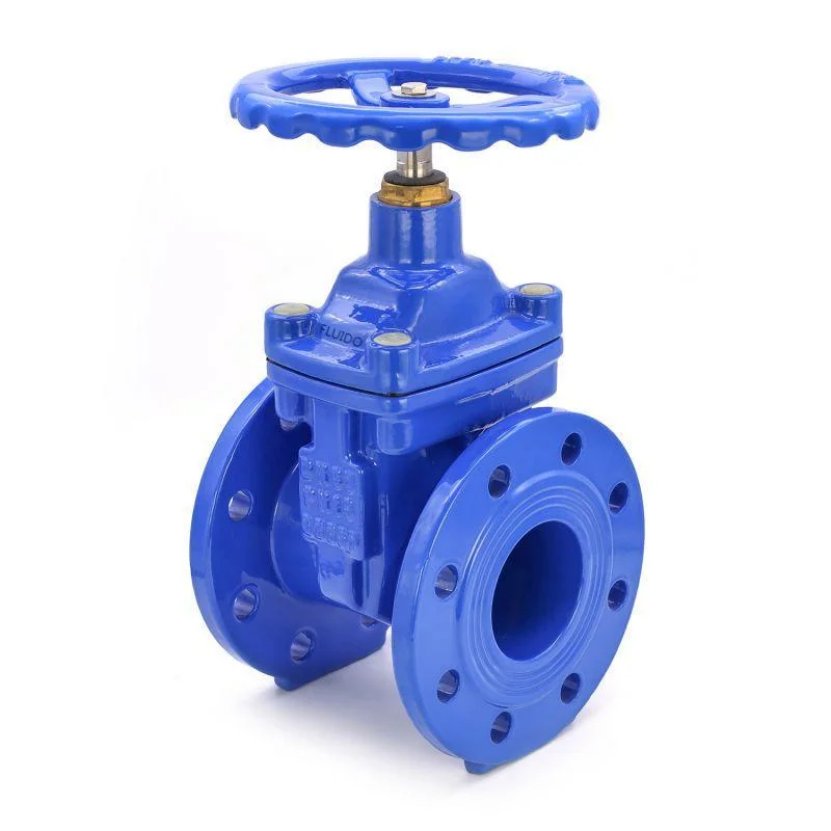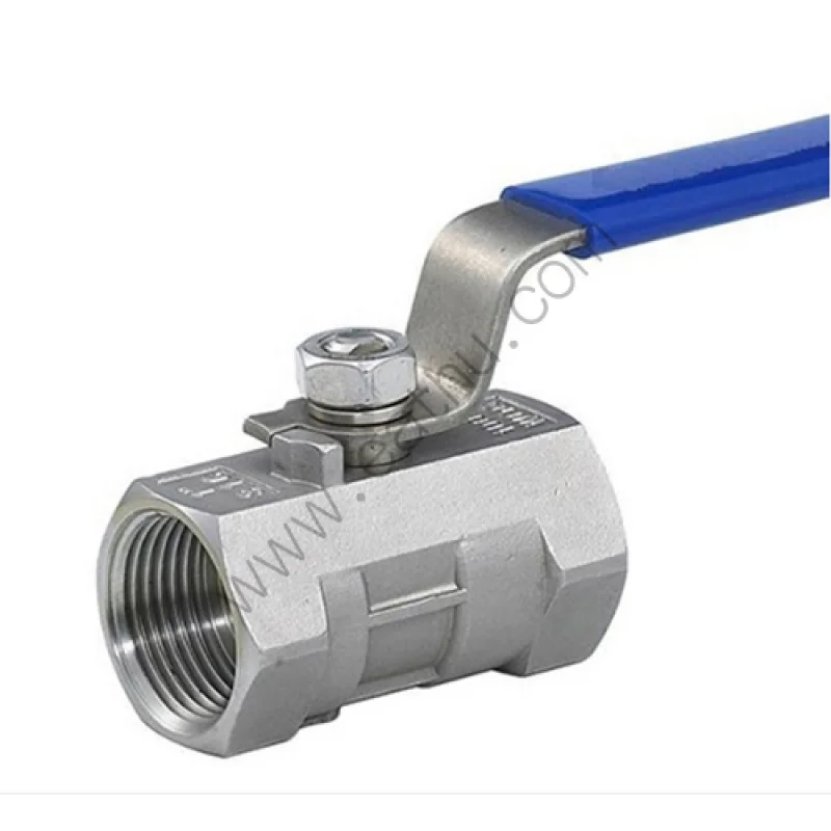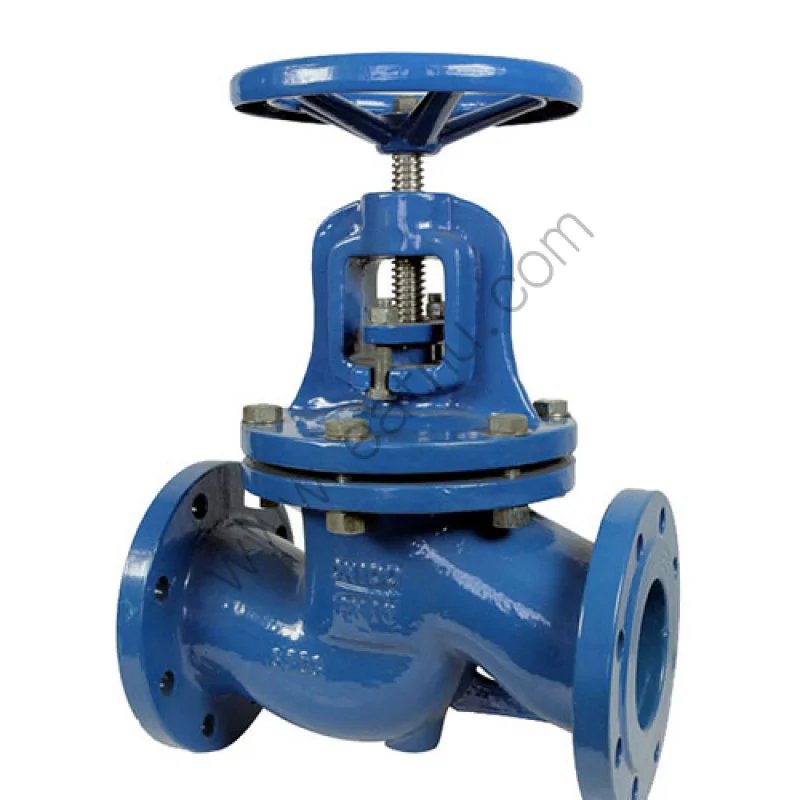Secure pipe-valve connections are essential for preventing leaks. There are various ways to connect pipes and valves, each suitable for different applications. The right choice depends on factors such as pressure, temperature, and maintenance needs.
·Flanged
·Welding
·Threading
·Compression
·Clamps
Flange Connections
How Flange Connections Work
Flange connections use bolts, gaskets, and flanges to create a detachable joint. The valve body has flanges at both ends, corresponding to the flanges on the pipeline. This method is commonly used in industrial applications where frequent disassembly is necessary.

Advantages and Disadvantages
Flange connections allow easy maintenance and replacement. They can handle moderate pressure levels effectively.
Flange bolts may loosen at temperatures above 350°C, making them less suitable for high-heat applications.
Welding Connections
Welding creates a permanent connection by fusing pipes and valves using heat. It provides exceptional strength and is ideal for high-pressure and high-temperature applications.
Threaded Connections
Threading provides a simple, removable method to connect copper pipes and valves. It’s widely used in smaller factory and plumbing tasks. The valve features threads that match those on the pipe. This allows them to join seamlessly. Threaded links work well for low-pressure jobs. Picture plumbing setups or modest factory systems. However, they struggle in scorching or high-pressure zones.
A ball valve is a great example of this approach. It connects directly to pipes via internal or external threads. This type of valve offers quick, reliable shut-off control. Its threading makes installation straightforward. Plus, it suits copper pipes in systems needing frequent tweaks or repairs. This practicality boosts its appeal in lighter-duty applications.

Compression Connections
How Compression Fittings Work
Compression fittings use a nut and ferrule. They grip the copper pipe firmly. No welding or threading is needed. This makes setup and fixes simple.
Benefits for Copper Pipe Installations
These fittings are small and tough. They handle pressures up to 1000 kg/cm². They also take heat up to 650°C. They’re great for swift repairs or changes.
Clamp Connections
What Are Clamp Connections?
Clamp links use bolts and gaskets. They create a secure, removable joint. Industries needing frequent tweaks often use them.
Advantages and Limitations
·Clamp links are very convenient for installation and disassembly.
·Clamps don’t hold up in high-pressure jobs. Firms should look elsewhere for vital systems needing extra toughness.
Additional Techniques for Connecting Valve to Pipe

Socket Connections with Copper Pipes
Socket links pair non-metal valves with copper pipes. They offer wiggle room in mixed factory setups.
Tailoring Solutions to Business Needs
Picking the right join depends on pressure, heat, and upkeep demands. Firms should mull these over. That way, they get top performance.
Conclusion: Choosing the Right Way to Connect Pipe to Valve
There are plenty of ways to link pipes to valves. Options cover flange, welding, threading, compression, clamp, and self-tightening methods. Each brings perks and limits.
FLUIDO leads in steel valves, fittings, and flanges. We’ve served 35+ countries for over 20 years. Teaming with Shandong and Hebei plants, we offer a full lineup and one-stop sourcing for valve. Count on our sturdy, spot-on solutions for your firm’s needs.
Don’t let leaks sap your workflow—dive into FLUIDO’s Customization Service!Reach out now to unlock custom valve answers and keep your systems humming!